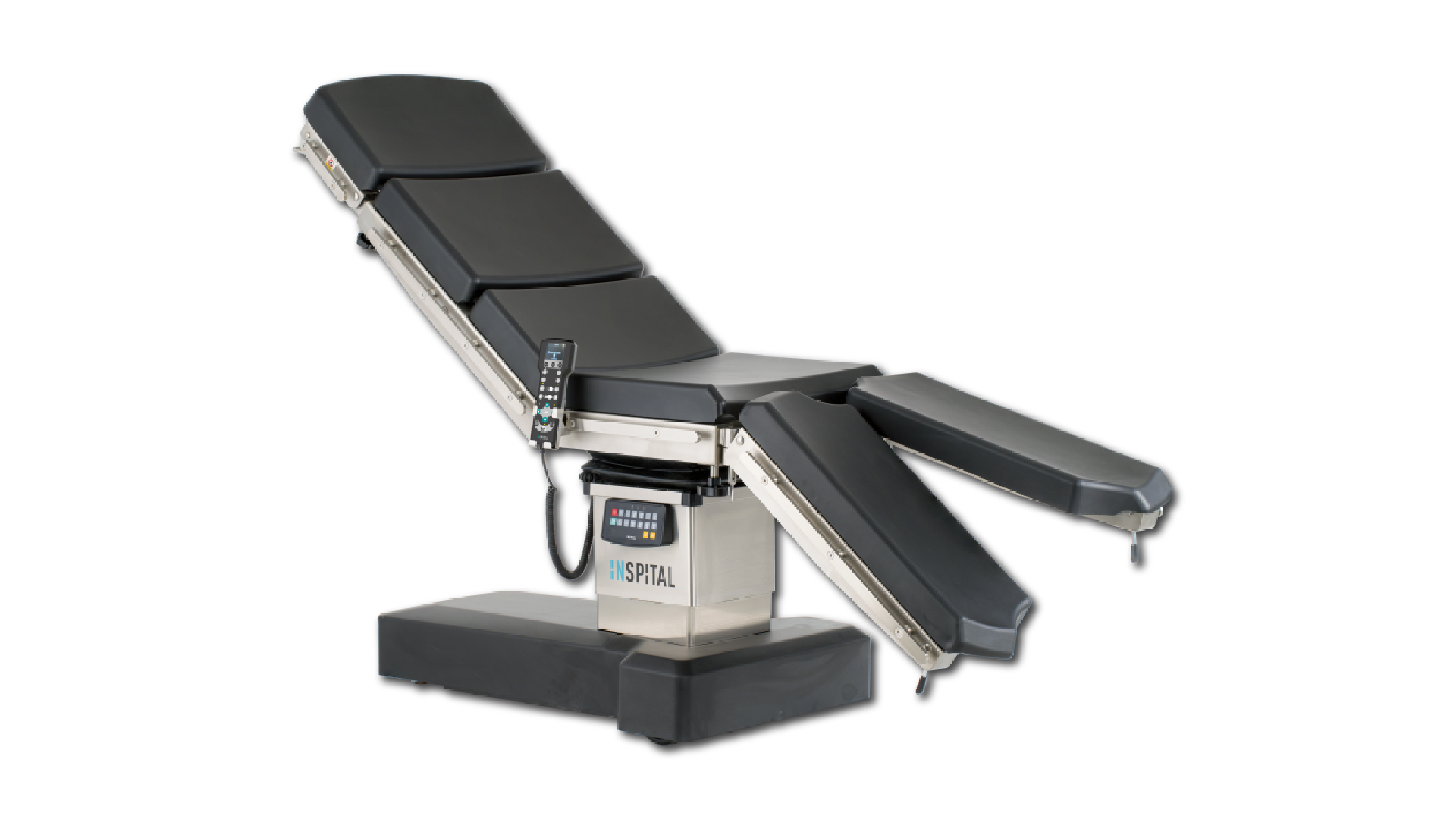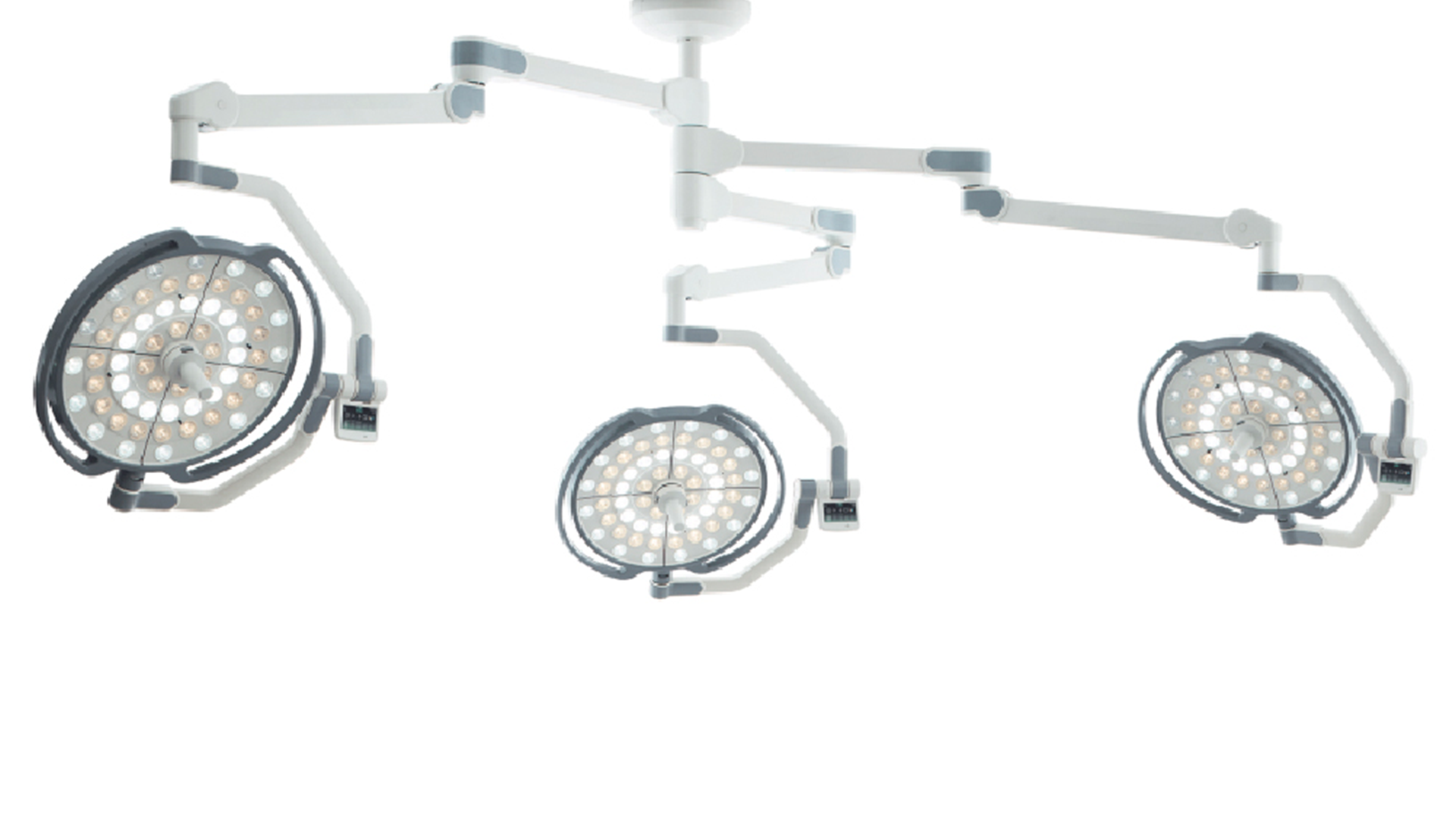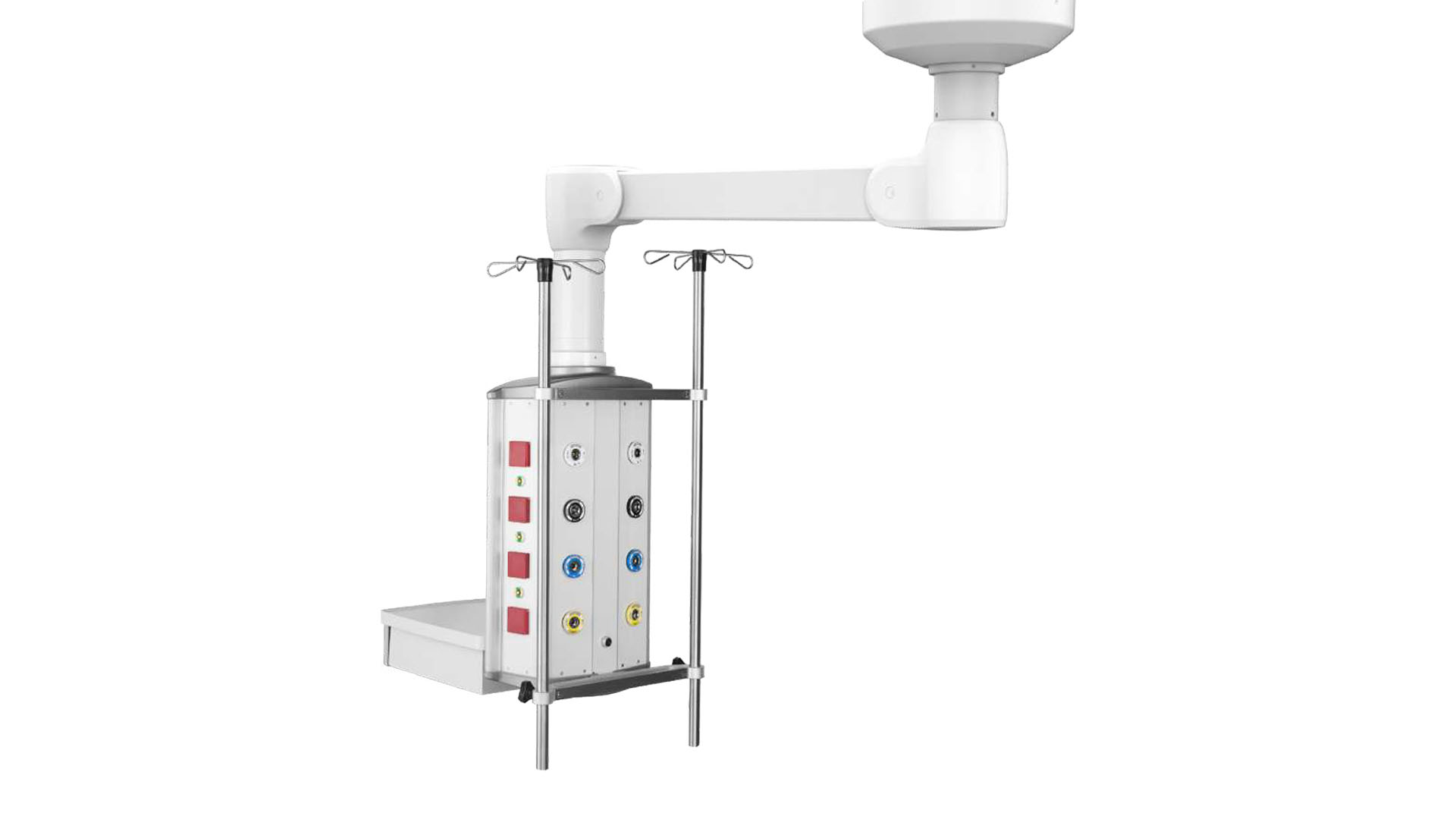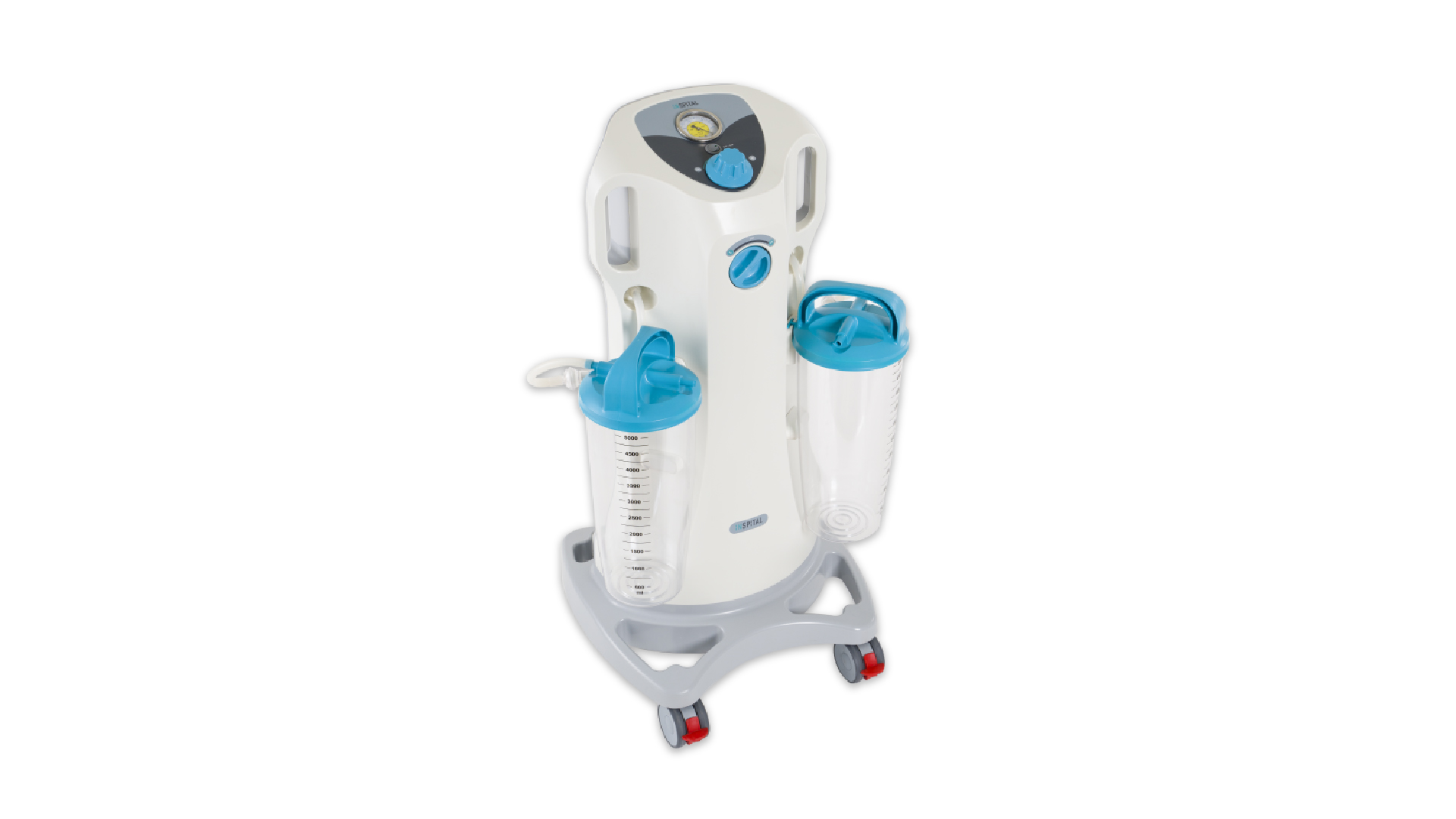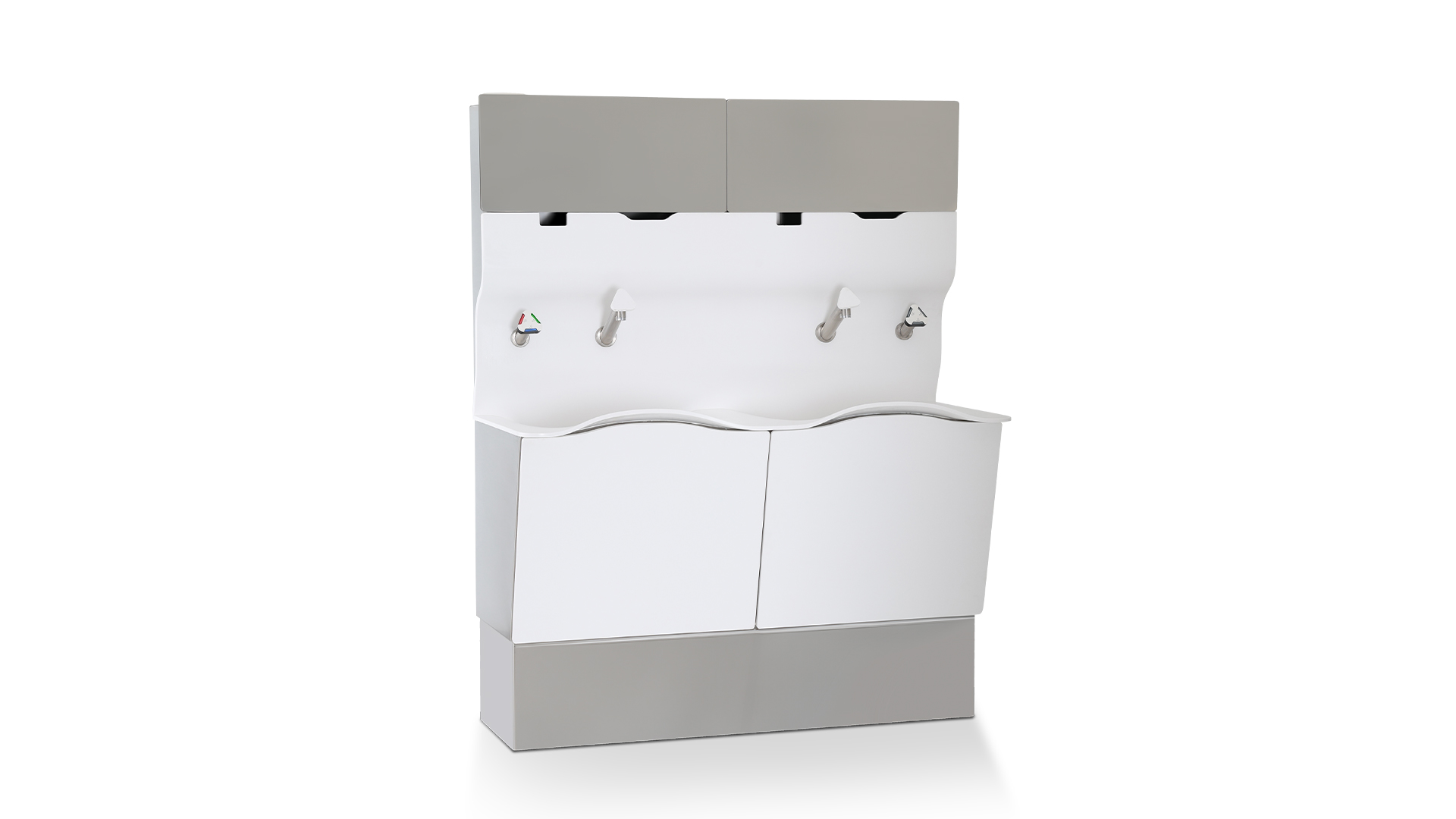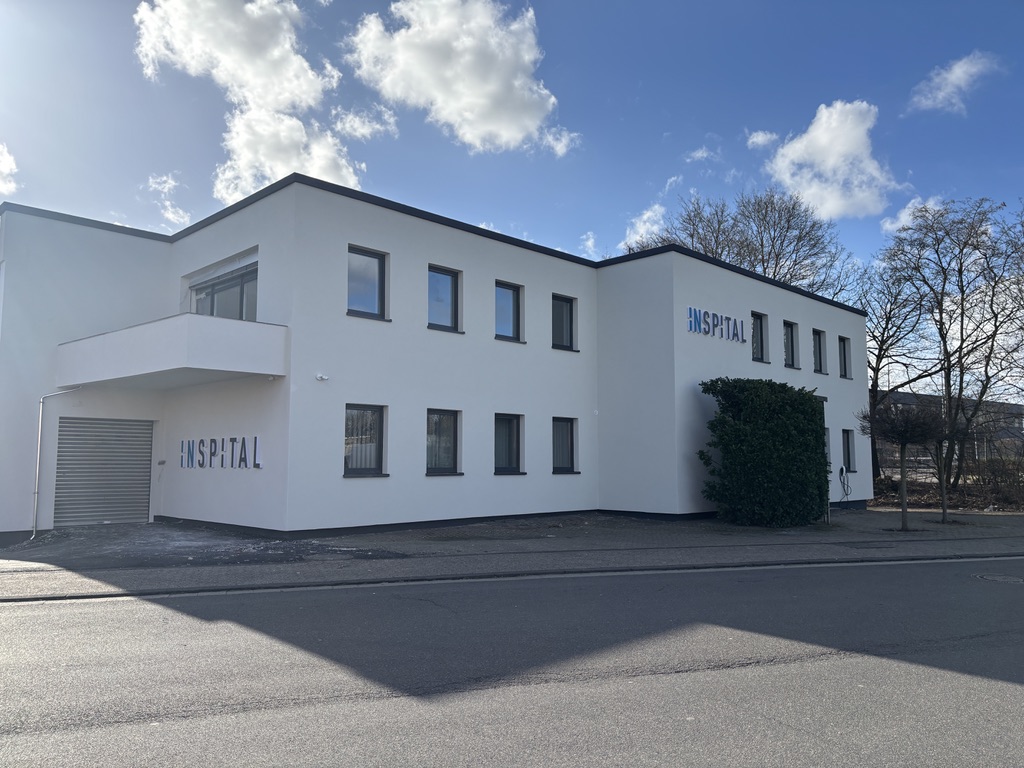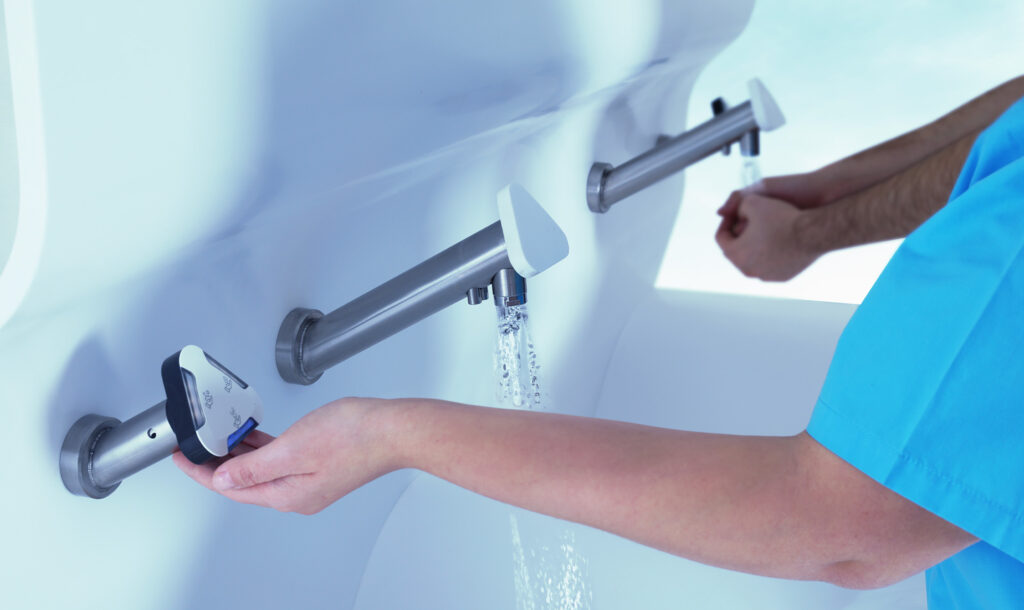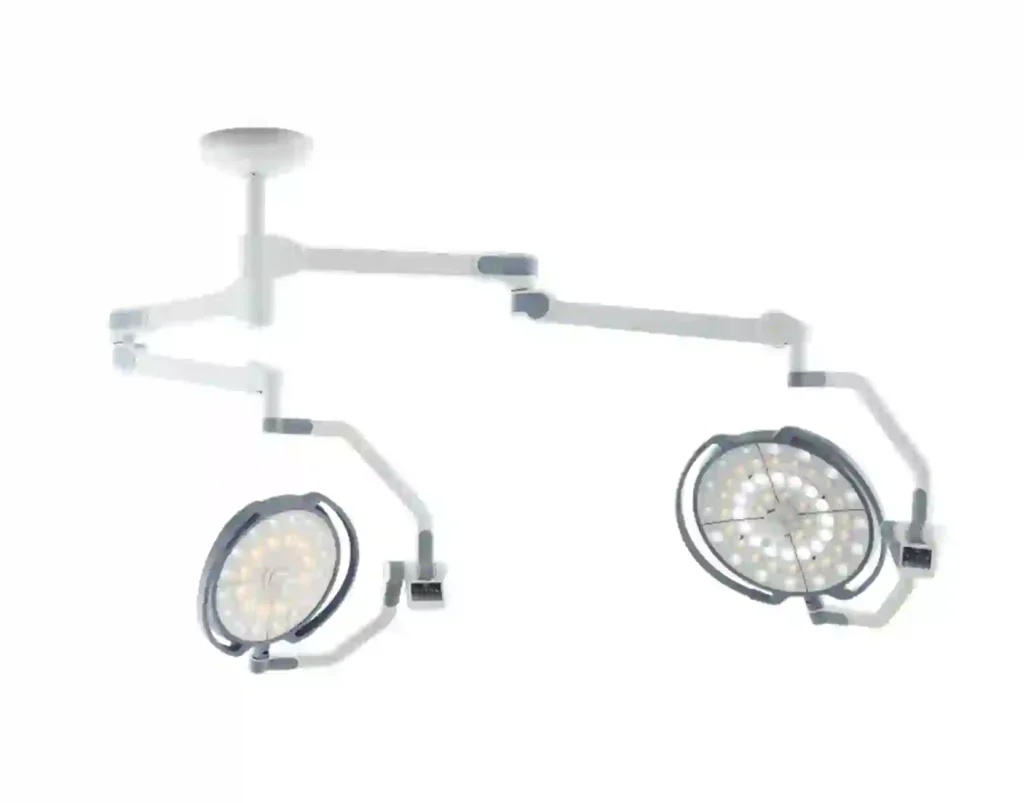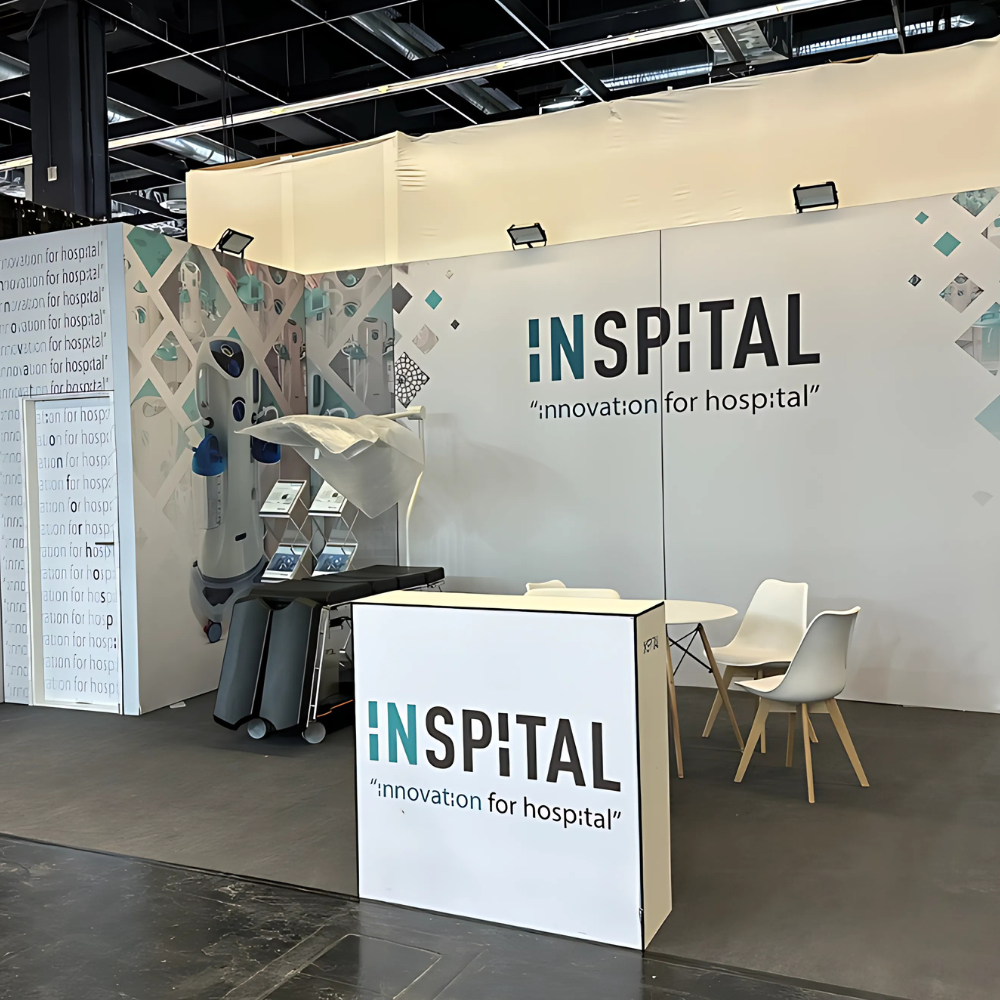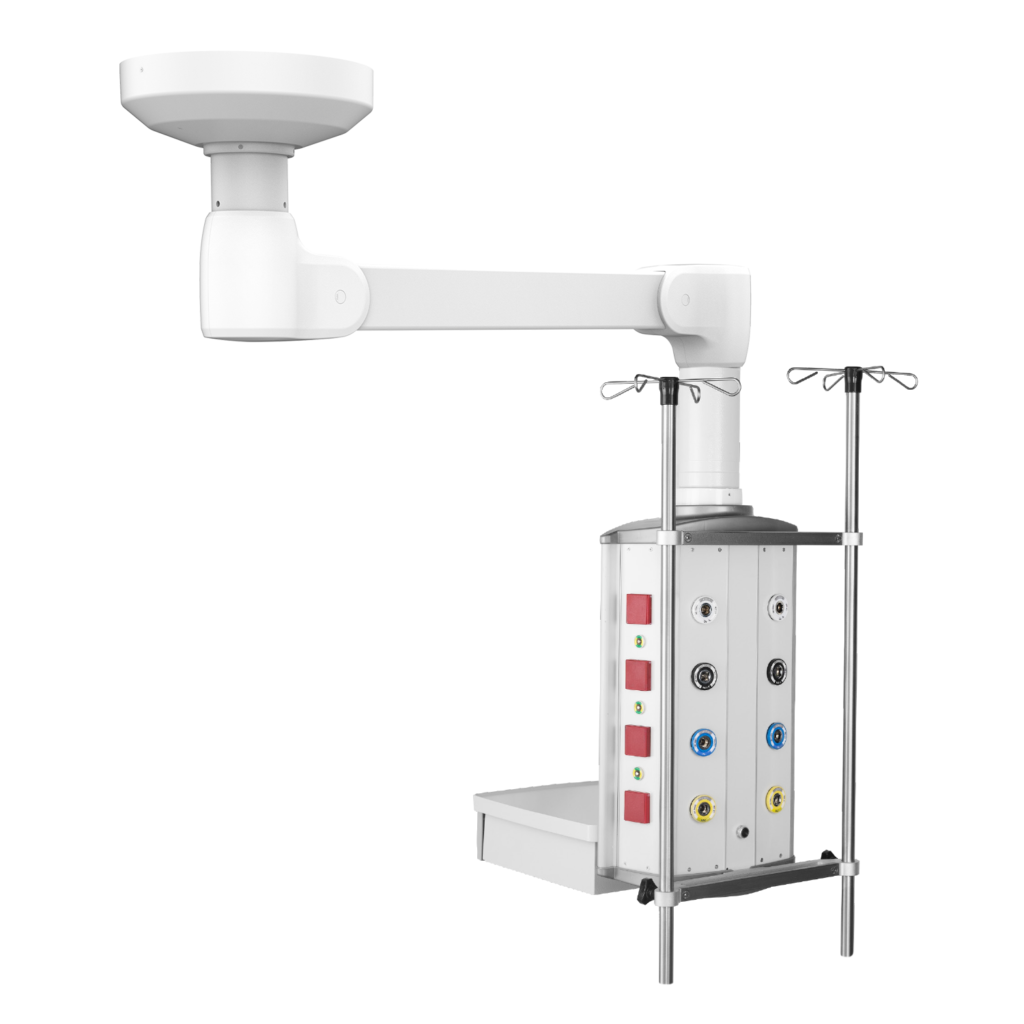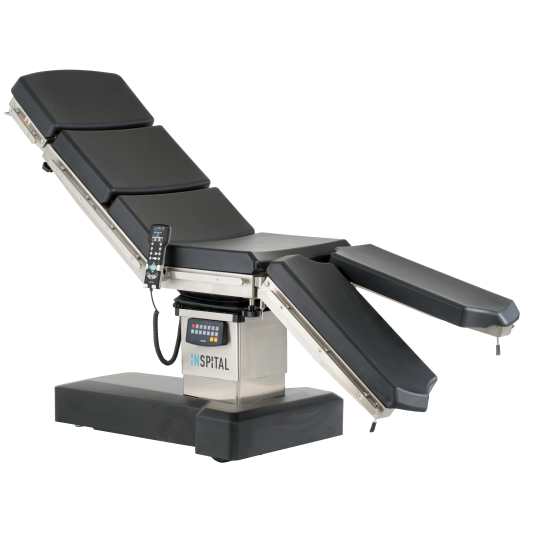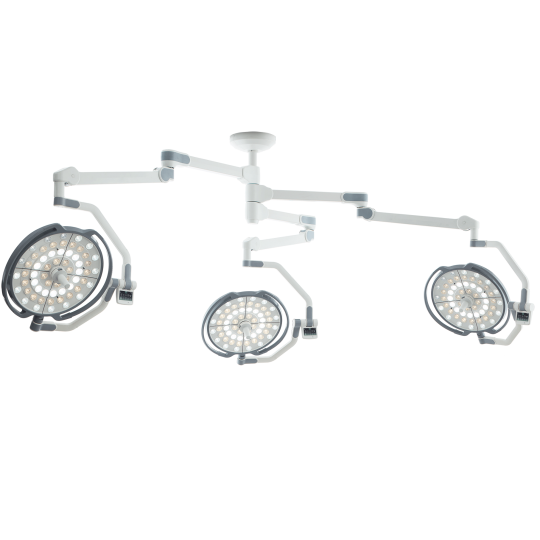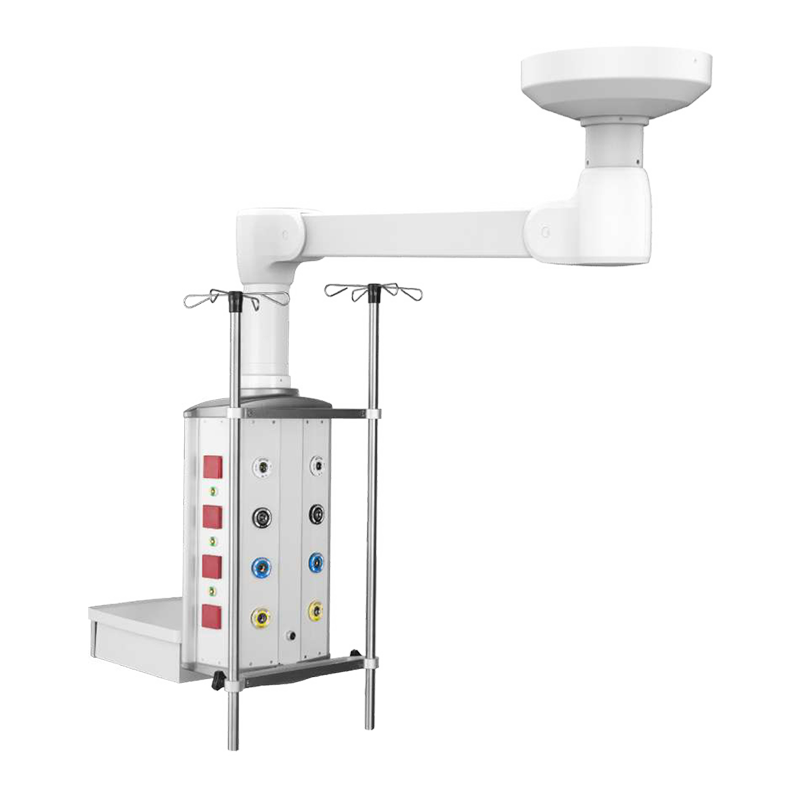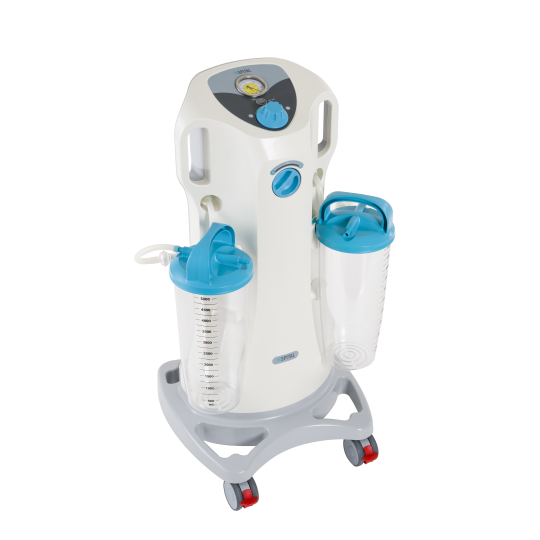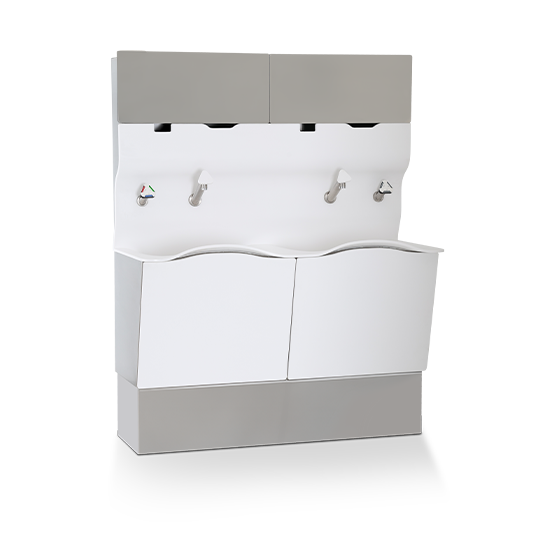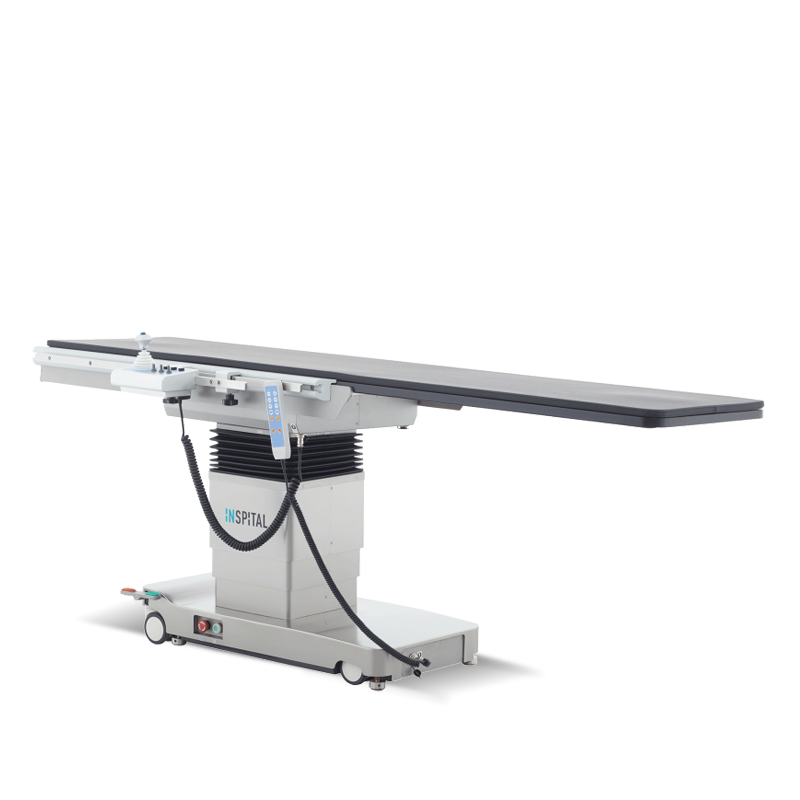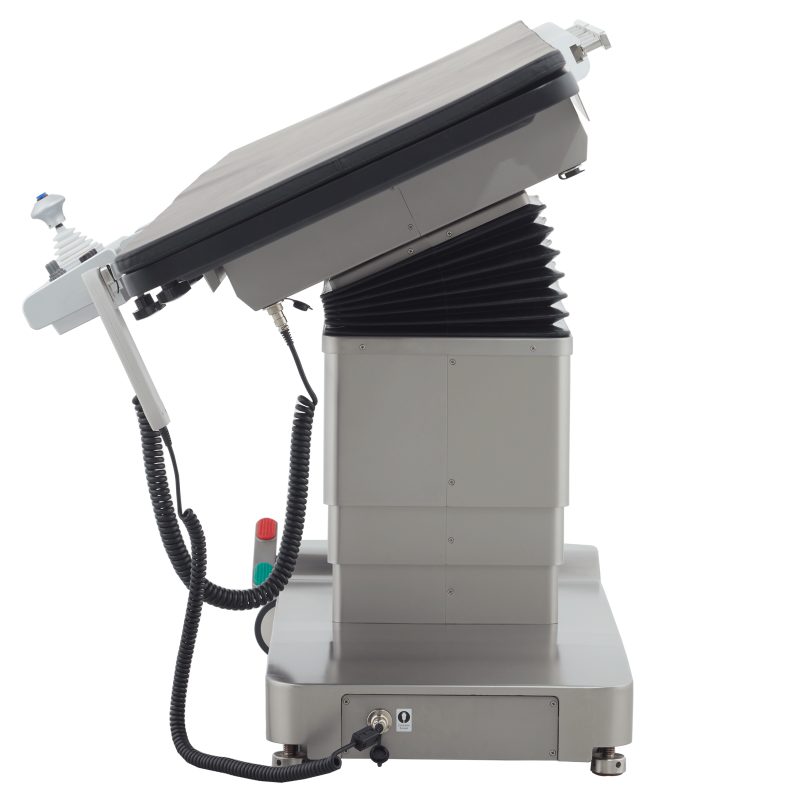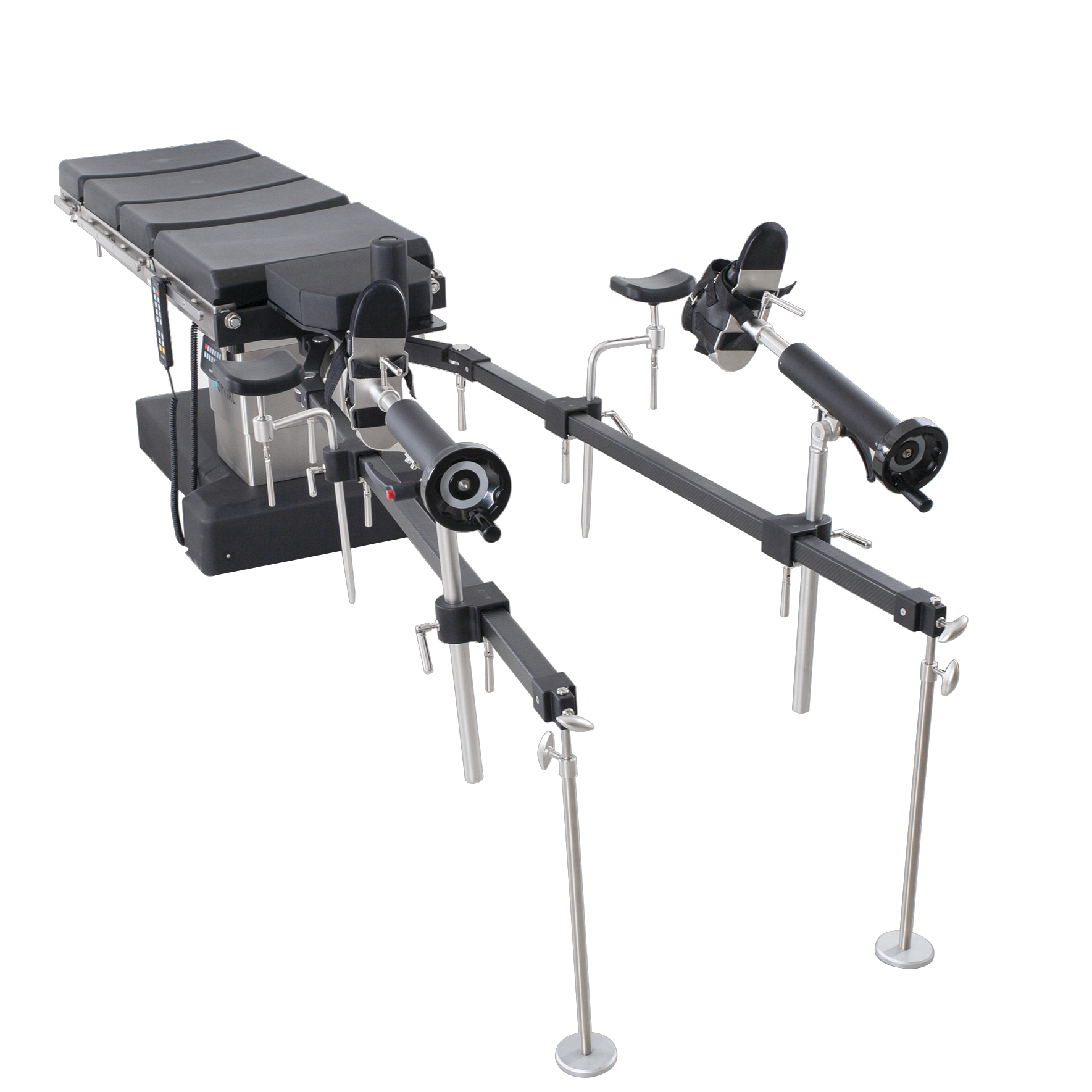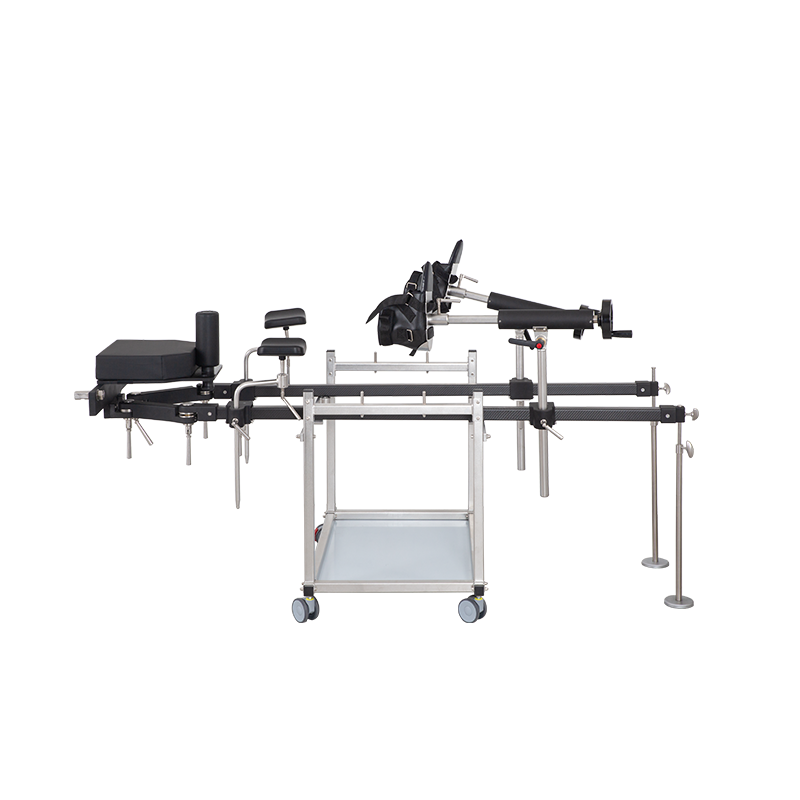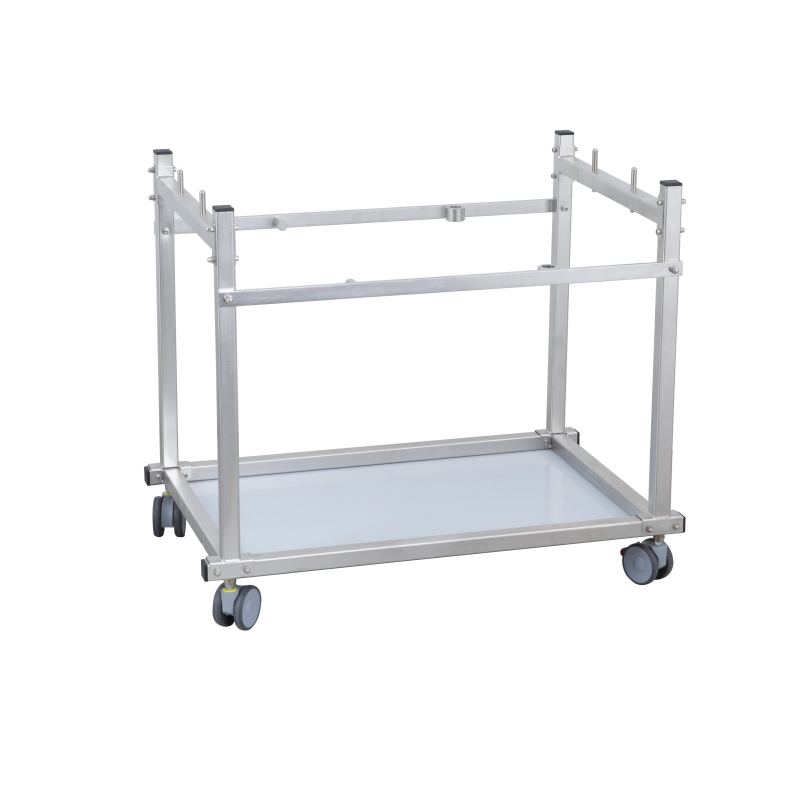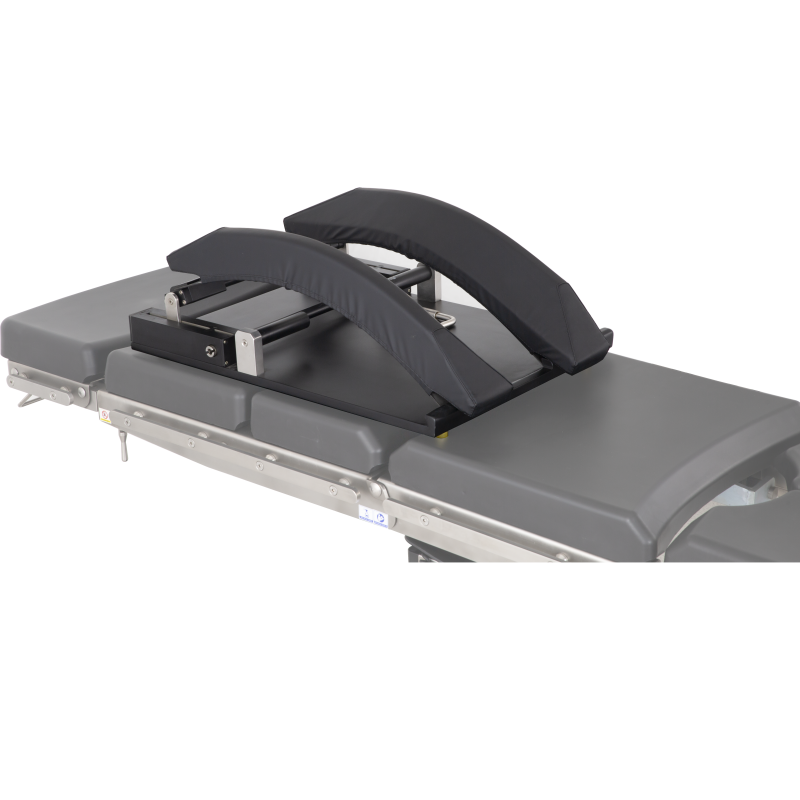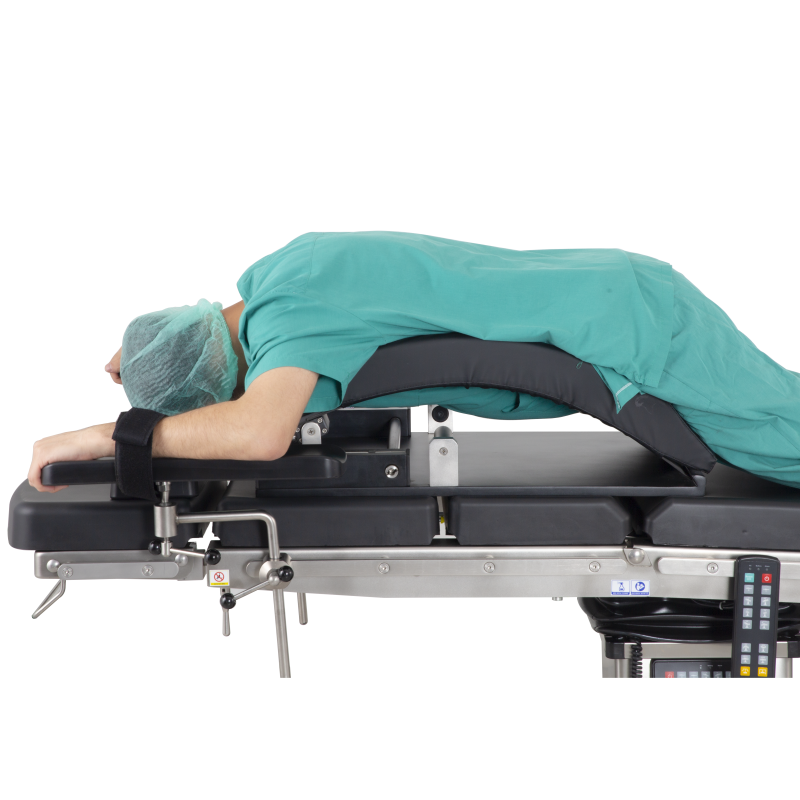Carbon Fiber Extension Device OT60.95
Radiolucent Spine Frame OT60.35
Carbon Table – High-Tech for Maximum Precision in the Operating Room
A carbon table represents state-of-the-art medical technology and maximum efficiency in the OR. Carbon – or carbon fiber reinforced plastic (CFRP) – uniquely combines stability, lightness, and radiolucency. These properties make the carbon table an indispensable component of modern OR equipment. Compared to conventional metal tables, carbon offers significant advantages. It is extremely stable yet very light, allowing for precise positioning and easy handling. The material structure absorbs hardly any X-rays, enabling razor-sharp imaging – ideal for interventional radiology, traumatology, or spinal surgery.
An Inspital GmbH carbon table is designed to withstand the high demands of daily surgical use. Its surface is resistant to scratches, disinfectants, and high temperatures. Furthermore, its smooth structure ensures easy cleaning and maximum hygiene – a must in a sterile environment. For surgeons and nursing staff, a carbon table primarily means one thing: efficiency. Thanks to precise movement mechanisms, combinable with imaging systems such as C-arms, procedures can be performed faster, safer, and with better visibility. A modern carbon table is therefore much more than a mere surface – it is a highly developed system for precision, safety, and comfort. Inspital GmbH stands for quality, innovation, and reliability.
Why Carbon is the Perfect Material for Operating Tables
Carbon is among the most modern materials in medical technology. Its exceptional combination of strength and low weight makes it the ideal basis for operating tables. A carbon table impresses with high stability while having minimal mass – a decisive advantage for precise patient positioning and easy handling.
Particularly noteworthy is its radiolucency. Since carbon absorbs hardly any radiation, it enables excellent imaging without disruptive shadows. This is especially important for image-guided procedures, such as in traumatology or vascular surgery. Another advantage is its durability. Carbon is corrosion-free, chemically stable, and withstands the intensive cleaning and sterilization processes of daily clinical routines. Inspital GmbH exclusively uses high-quality carbon fibers, processed in precise layering techniques, to guarantee maximum stability and hygiene.
A carbon table also impresses ergonomically. Thanks to its low mass, it can be easily moved or integrated into imaging devices. At the same time, it remains stable and supports heavy loads without deformation. Carbon is therefore not just a material, but a hallmark of quality in modern medical technology. Inspital GmbH relies on carbon to meet the highest demands for precision, durability, and safety – for operating tables that set standards.
The Carbon Table in Surgery – Precision Meets Innovation
In modern surgery, the carbon table plays a central role. It enables stable, ergonomic, and imaging-friendly patient positioning – a fundamental prerequisite for precise procedures. Carbon possesses high structural strength at extremely low weight. This facilitates the handling of the table and improves mobility in the OR. Thanks to the radiolucent patient support surface, medical personnel can use imaging systems such as CT, MRI, or C-arms during the procedure without repositioning the patient.
An Inspital GmbH carbon table is designed to combine maximum stability and flexibility. It allows for millimeter-precise adjustments in height, tilt, and rotation. The combination of a carbon surface and precise mechanics ensures work at the highest level.
In addition to its functional advantages, the design also impresses: clear lines, smooth surfaces, and an easy-to-clean material ensure perfect hygiene and simple handling. A carbon table is therefore not just a tool, but a crucial part of surgical success. Inspital GmbH delivers solutions that increase efficiency, improve working conditions, and enhance safety for patients and doctors.
Imaging Procedures and Carbon Tables – A Perfect Symbiosis
In modern image-guided surgery, the carbon table is indispensable. Its radiolucency enables precise intraoperative imaging – a decisive advantage for procedures on the spine, vessels, or in the thoracic region.
Carbon hardly reflects or absorbs radiation. This prevents shadows or image distortions, significantly improving diagnosis and navigation during the procedure. This property makes carbon tables standard for hybrid ORs and interventional radiology. Inspital GmbH develops carbon tables that optimally harmonize with modern C-arms and imaging systems. Their stable, vibration-free constructions ensure razor-sharp images, even during surgery.
Furthermore, the tables are easy to clean and withstand intensive disinfection. Carbon remains dimensionally stable, even with frequent contact with chemicals and heat. With an Inspital carbon table, the perfect combination of functionality, precision, and hygiene is achieved – for medical procedures at the highest technological level.
Ergonomics and Comfort – The Carbon Table in Clinical Practice
A successful procedure depends not only on technology but also on ergonomics. A carbon table combines both: stability for the patient and comfortable working conditions for the surgical team.
The low weight of carbon facilitates positioning and adjusting the table. Thanks to motorized controls, height, tilt, and lateral movement can be regulated precisely and effortlessly. For medical personnel, this means less strain and greater efficiency.
The surface of a carbon table is smooth, easy to clean, and pleasantly tempered – an advantage for patient comfort and hygiene. Inspital GmbH places great emphasis on combining function and design.
Visually, carbon also underscores the modern character of the OR: futuristic, elegant, and technically sophisticated. Yet, the function remains decisive – maximum stability, perfect imaging, and simple operation. A carbon table enhances work quality and contributes to a calm, concentrated atmosphere in the OR. Thus, both patients and doctors benefit from the combination of ergonomics, safety, and state-of-the-art technology.
Sustainability and Durability – The Ecological Advantage of Carbon
In addition to performance and precision, a carbon table also impresses with its sustainability. Carbon is durable, low-maintenance, and largely recyclable. Its resistance to corrosion and chemical stress significantly reduces maintenance efforts.
Inspital GmbH relies on sustainable production processes where carbon fibers are efficiently processed to minimize material waste. Due to the long lifespan of a carbon table, the need for frequent replacements decreases – an ecological and economic advantage.
Furthermore, the low weight contributes to reducing transport energy, especially for international deliveries or mobile OR solutions.
At Inspital, sustainability means not only environmental awareness but also durability. A carbon table is an investment that retains its full functionality for years – robust, hygienic, reliable. Thus, carbon represents the future of medical technology: strong, light, precise, and responsible in its use of resources.
Inspital Carbon Tables – Precision, Quality, and Trust
Inspital GmbH is known for high-quality medical technology – and its carbon tables are among the company’s top products. Each table is manufactured with the highest precision, tested, and tailored to the requirements of modern ORs.
The goal: maximum efficiency with minimal effort. Inspital carbon tables are compatible with common imaging systems, offer millimeter-precise movements, and are designed for continuous daily use.
Special attention is paid to quality and user-friendliness. Ergonomic controls, high-quality surfaces, and modular expansion options make Inspital carbon tables a long-term investment for clinics worldwide.
Furthermore, Inspital stands for excellent service. Training, maintenance, and technical support ensure that every product functions reliably for years.
An Inspital carbon table is the result of engineering expertise, medical know-how, and a passion for precision. It combines stability, lightness, and technological excellence – for the highest demands in the operating room.
